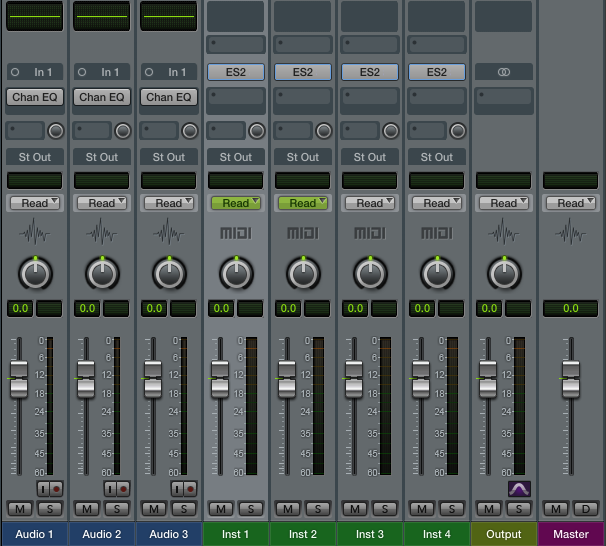

Plug‑ins can then be applied to separate MIDI and/or audio streams within a given track to create complex matrixed effects that in other applications would take multiple tracks to implement.Ī huge library of audio and MIDI plug‑ins is bundled with the software, including a convolution engine, an automatic pitch‑corrector, and an insert utility to incorporate hardware into the software chain. This means that you determine whether a track is an audio track, a MIDI track, an instrument track, an effects return track, a group track, or whatever, simply by virtue of how you cable it up. The headline feature here has got to be the fact that there is only really one kind of track or channel, which can carry multiple streams of audio and MIDI simultaneously and route them to any other audio/MIDI stream in any other channel. What sets Reaper apart from the other programs I mentioned, though, is that many of its functions are very open‑ended, allowing the user lots of control over how they work.

Both VST and Direct X plug‑ins and instruments are supported, and there is a range of facilities for communicating with other applications: ReWire support, bespoke ReaRoute drivers for ferrying audio between ASIO‑compatible software, and a wide range of transport synchronisation options. A wide variety of audio and video formats is supported (including, as of version 3, multi‑channel surround files), and all audio editing is non‑destructive within the program's main window. As a MIDI + Audio sequencer, the purpose of Reaper is roughly the same as that of Cubase, Digital Performer, Logic, Pro Tools, Sonar or whatever: to record and edit MIDI and audio data, host virtual instruments, and mix down projects with access to plug‑in effects and dynamic automation. If you want a detailed picture of how Reaper works, it's worth checking out Martin's two previous reviews, but let me just give a quick overview for now, in case you don't have those to hand. Since then, another load of new features has come on board to bring us to v3, so I'm going to take a look at how this recent evolution now positions Reaper amongst the more established DAW choices.


I was first alerted to the application by Martin Walker's review of v1.828 in SOS June 2007, which he followed up by covering v2.44 in January 2009. Reaper's updated default GUI gives the application a slightly slicker feel, but still provides lots of scope for colouring tracks and Items if you don't like the way it looks, you can completely remodel object graphics and colour schemes.īy dint of a continuous blizzard of incremental revisions and additions since its birth in 2005, Cockos's Reaper DAW application has built up both an enormous feature set and an enviable reputation for direct interaction between the developers and the user base. The latest major update to Reaper brings with it a complete overhaul of MIDI functionality, improved automation, and much, much more.


 0 kommentar(er)
0 kommentar(er)
